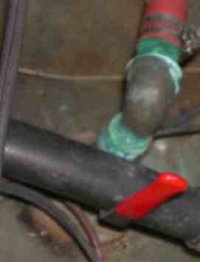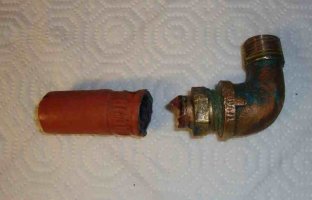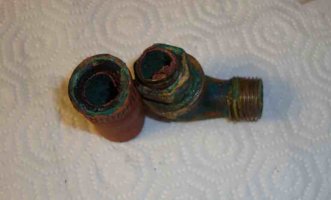Thru hulls
I always close the galley sink and the intake and outflow on the head but on my E-27, the raw water intake is sooooo difficult to get to, I have given up and left it opened all the time. You need gorilla arms to reach it.
Any comments from other E-27 owners are always appreciated
Joe
I always close the galley sink and the intake and outflow on the head but on my E-27, the raw water intake is sooooo difficult to get to, I have given up and left it opened all the time. You need gorilla arms to reach it.
Any comments from other E-27 owners are always appreciated
Joe





